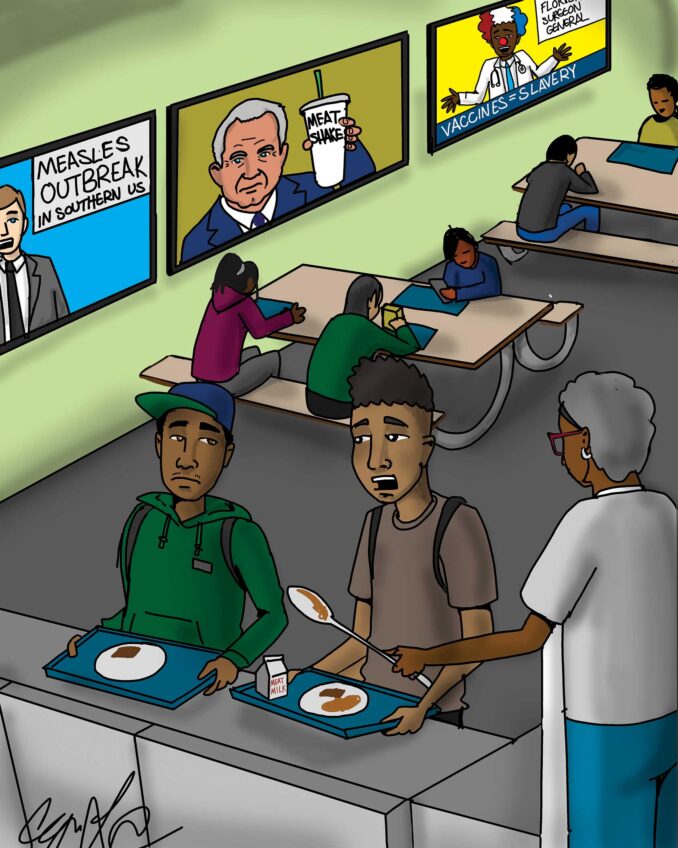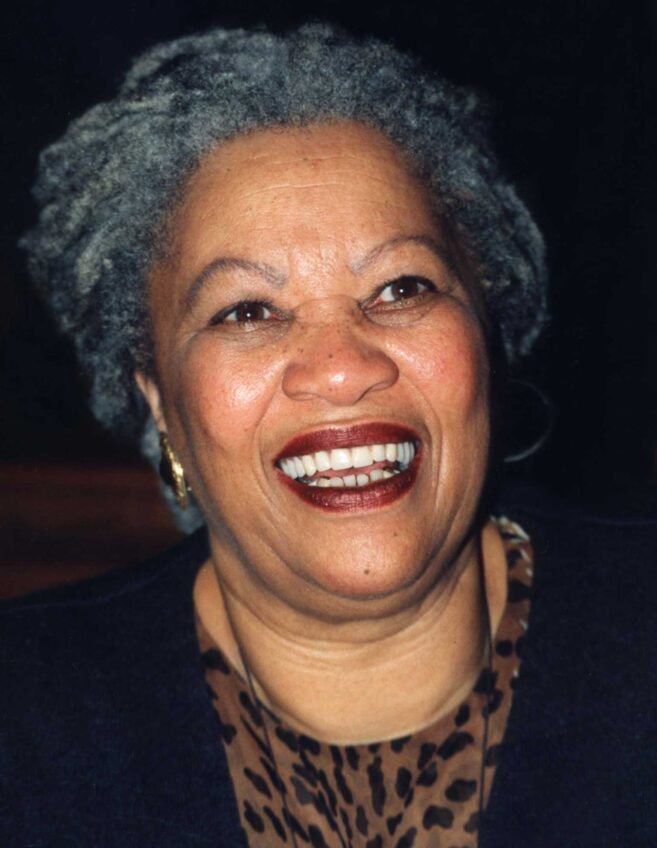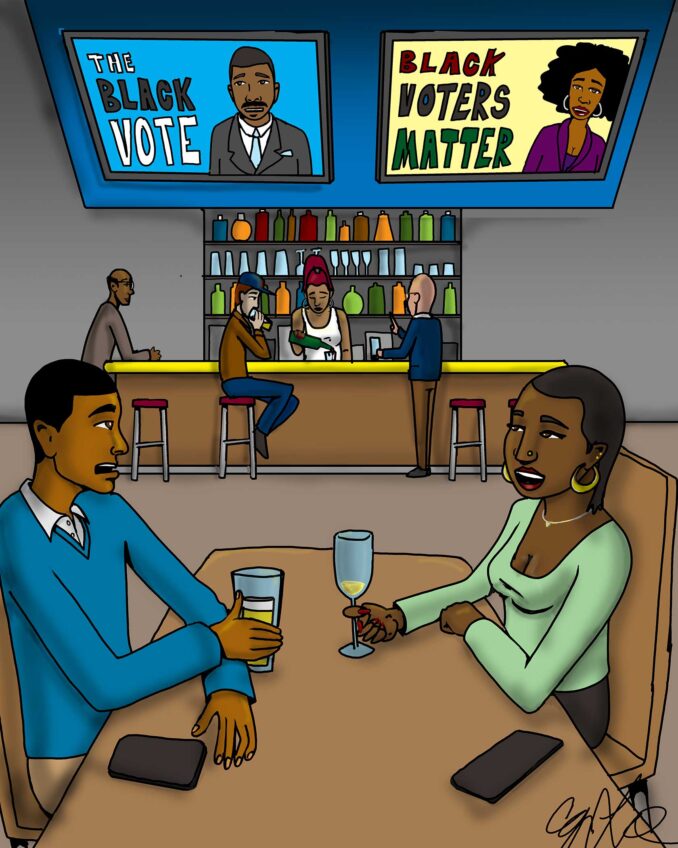What’s almost as terrifying as the targeted murder of 11 African Americans in Buffalo by the alleged shooter Payton Gendron, is his age and the motive behind the mass racial murder. Gendron is only 18. So young, but yet so imbued with a hodge-podge crackpot racist, hate-filled theory and belief about Blacks. The theory, if it can be called that, even has a name: the “Great Replacement” theory.
The theory holds that there is a great conspiracy by unknowns to replace whites with Blacks, Hispanics and non-white immigrants.
Gendron is hardly part of a small group of nut cases that subscribe to this belief. A recent Associated Press–NORC Center for Public Affairs Research study found that a staggering 1 in 3 Americans, presumably white Americans, are convinced that there is a move afoot by unnamed conspirators to replace them in the country. They claim the purpose is to dilute, if not eliminate, whites as a political factor in the U.S. Gendron didn’t just spew this stuff; he took it to its extreme by committing mass murder, presumably to eliminate some Blacks, whom the demented spinners of these racist theories believe are out to get whites.
One more fact about the Buffalo mass murder is almost as disturbing — the reluctance to officially brand such targeted mass murders by white extremists as hate crimes. There is absolutely no doubt this was just that. Gendron had carved the n-word on his assault rifle. There was his manifesto and hate-filled rants on social media about Blacks and Jews allegedly plotting conspiracies against white Americans.
Hate crimes and their prosecution is a muddled, hazy area clouded by the narrowest of federal legal statutes, and worse, politics. In the case of the Buffalo mass murderer, there was no specific named target of the racial animus. That’s the absolute minimum requirement for considering what is and what can be prosecuted as a hate crime.
Even pillorying someone with racial epithets while committing a physical assault against them might not pass the legal muster of what is a hate crime. The crucial element is whether the racial epithets shouted at the victim were incidental to the attack or were the precipitating factor in the attack. It’s the finest of legal hair-splitting. Ultimately, that’s what prosecutors, rightly or wrongly, look at in deciding whether they have any chance to get convictions in crimes where race is involved.
Then there’s the even more muddled picture of how much actual hate violence there is in America. The FBI annual hate crime report in 2021 found hate crimes had soared to their highest level in more than a decade. No surprise, the greatest majority of the hate crimes were against Blacks.
Civil rights leaders pound the Biden administration to bump up the number of hate crime prosecutions. And they should. Justice Department figures show a consistent drop in hate crime investigation referrals. But Biden is hardly the only president that didn’t make hate crime prosecutions a priority. White House foot-dragging on hate crimes has nothing to do with racial double standards and everything to do with politics and practicality.
Federal prosecutors have rarely placed much stock in bringing criminal civil rights cases. They see them as no-win cases with little political gain, and a risk of making enemies of local police, DAs and state officials. The rare time that the feds cracked down on civil rights violence was during the 1960s civil rights battles. The wave of violence at the time stirred national and international revulsion and forced then-President Lyndon Johnson to order more civil rights prosecutions.
Though federal prosecutors in recent times have had more than sufficient legal ground to bring cases in the old race murders from the 1960s, the prosecutions have been almost exclusively in state courts. The only exceptions to the hard-nosed rule that prosecutors stay out of state cases occur when a hate crime triggers a major riot, generates mass protests or attracts major press attention. That’s what happened in the case of Ahmaud Arbery.
When prosecutors anywhere try to sort out whether a crime is a hate-motivated crime, the muddle over hate becomes even more muddled. The Buffalo mass murder case should put an end to that muddle. It demands swift and vigorous action. Gendron is a hate murderer and must be prosecuted as such.
Earl Ofari Hutchinson is an author and political analyst.






